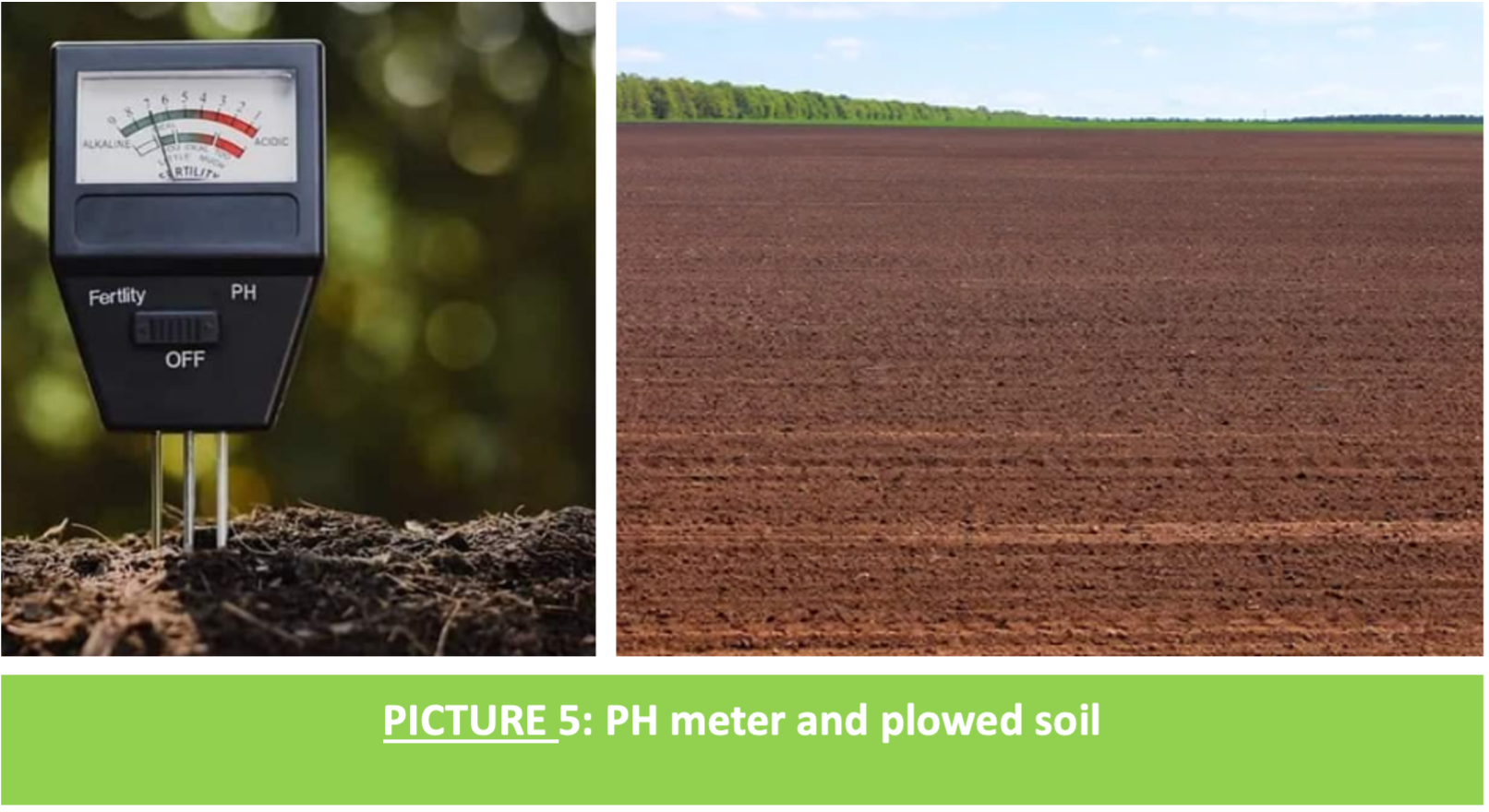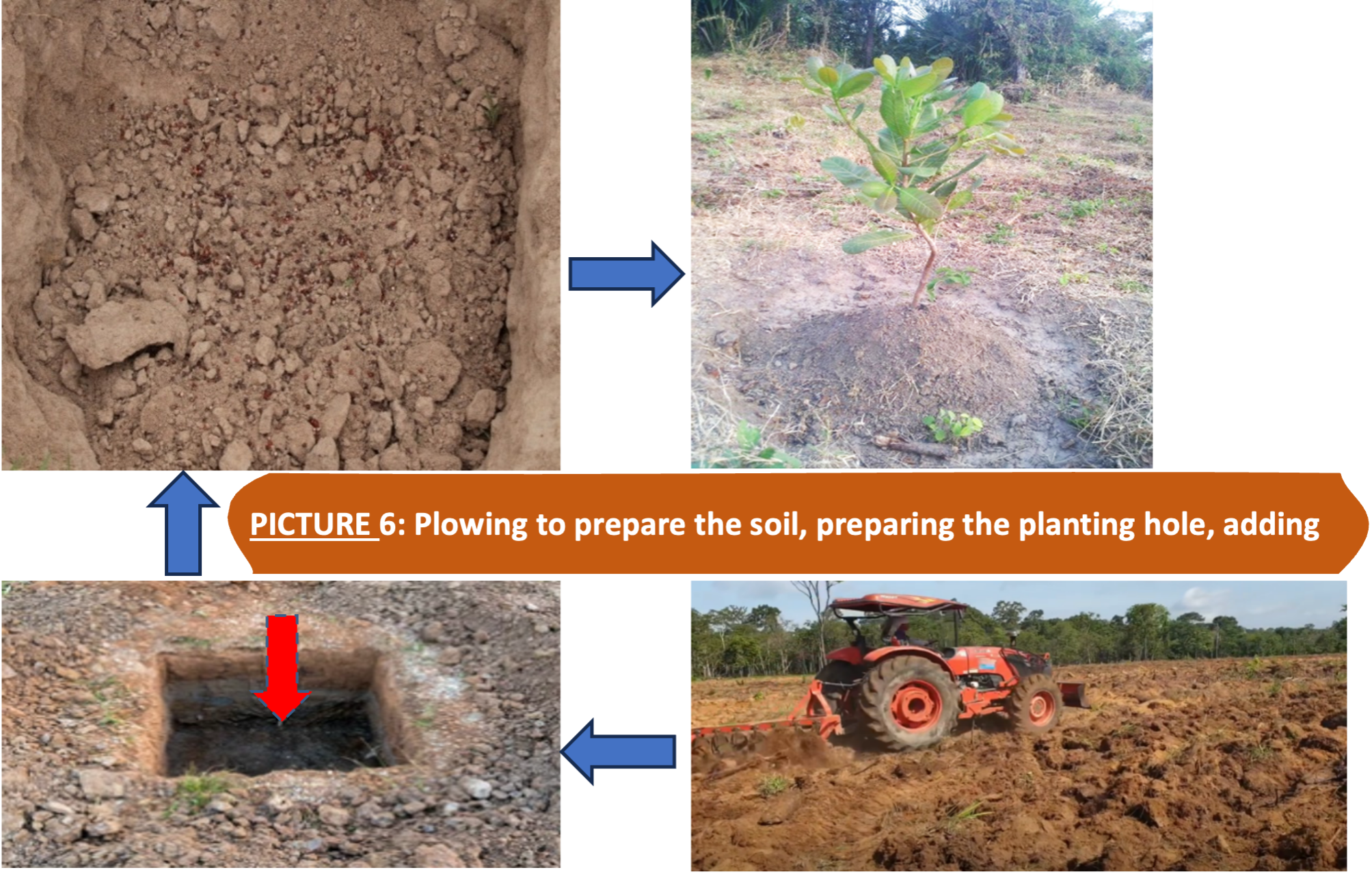
Land Preparation

Preparing the land properly according to the techniques and conditions required by the crop is the basis for success in cashew production. Farmers should understand and implement the following techniques:
• Soil pH: The pH of the soil suitable for cashew cultivation should be between 5.5 and 6.5. If the pH is lower than 5.5, lime should be applied to increase the pH.
• Soil structure: red soil, sandy soil, clay soil, and loamy soil can all be used for cashew cultivation. The important thing is that the soil does not flood during the rainy season and has a water source for irrigation.

• Cleaning before land preparation: Clear the forest and burn it, clear old crops and other waste on the land and dispose of them all in and around the field to avoid the spread of pests, diseases and other factors that may interfere with the growth of cashew nuts.
• Plowing and harrowing: Plow and harrow the land at least 2 to 3 times, plowing to a depth of 30 cm and spreading the soil evenly, and let the soil dry for 3 weeks to 1 month to kill weeds and other germs in the soil.

The pit should be dug 50 cm square and 50 cm deep. The pit should be divided into two layers of topsoil and one layer of bottom soil to mix the topsoil with compost when planting. After digging the pit, take 0.5 kg of natural fertilizer and 50 to 100 grams of 18-46-0 or 15-15-15 fertilizer per tree, mix it with the soil thoroughly. After picking the cashew seedlings well, cut the bag and gently place them in the pit, covering the soil and compacting the edges of the pit well, and put a stake to prevent the cashew seedlings from falling from the wind. After planting for 2 to 3 weeks, cut the knot from the tree.